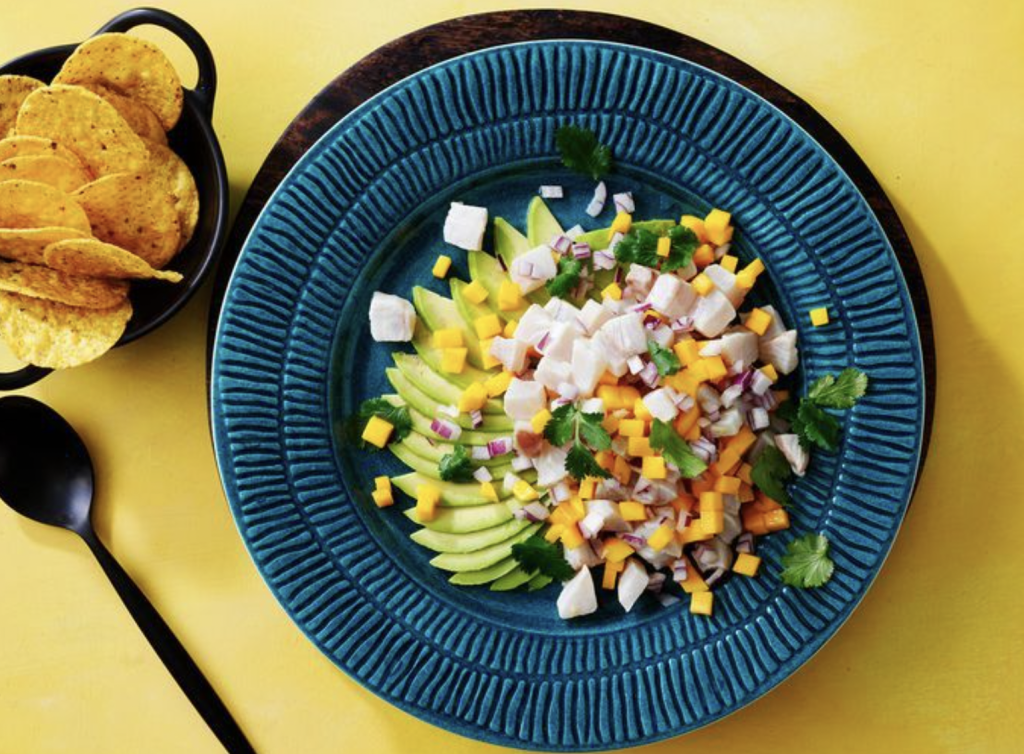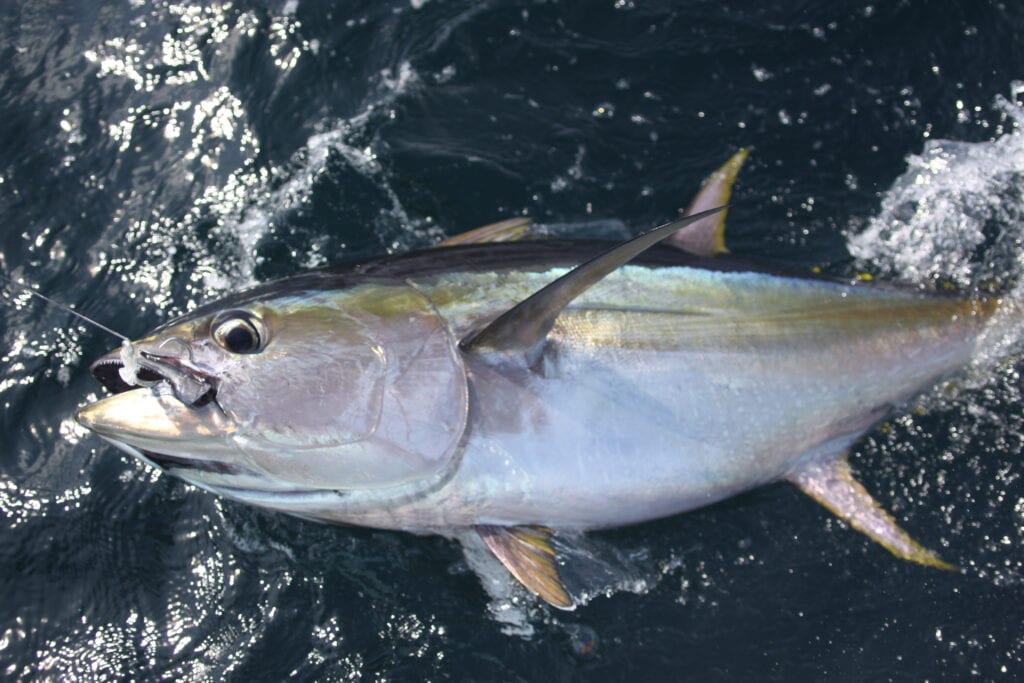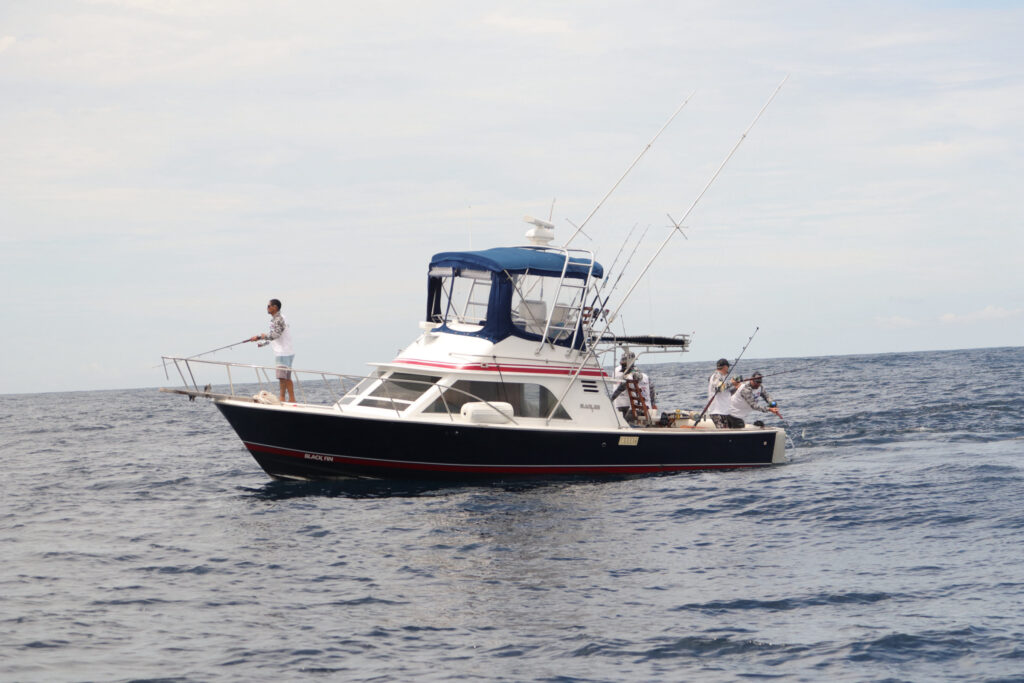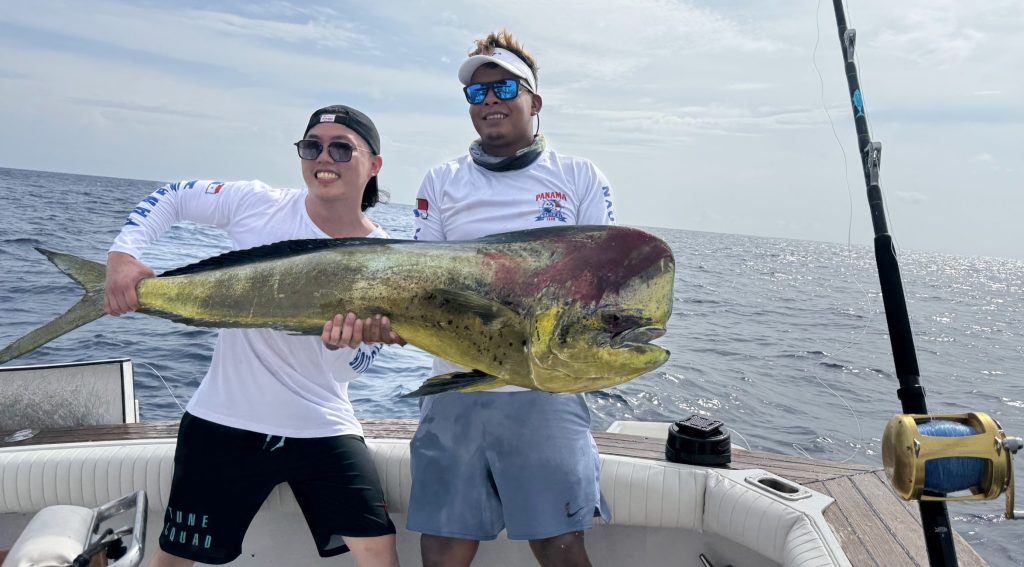Welcome to Panama Nautical Club, your ultimate guide to the rich marine life and the types of fish in Panama. In this detailed article, we will also offer insights and tips for anglers looking to embark on their next fishing adventure in this tropical paradise.
What’s The Biodiversity of Panama’s Marine Life?
Panama’s position as a bridge between the Pacific and Caribbean Sea has blessed it with an incredibly diverse marine ecosystem. The convergence of currents from the cold and warm waters brings a unique mix of species to the area. This makes Panama one of the best places in the world to explore different types of fish.
Pacific vs. Caribbean
The types of fish in Panama vary significantly between the Pacific and Caribbean coasts. The Pacific waters are renowned for their big game fishing, offering thrilling experiences for those seeking a challenging catch. Conversely, the Caribbean side of Panama presents a different array of species, being perfect for those who prefer the serene environment of inshore fishing or fly fishing.
Types of fish
Marlin: The King of the Ocean
Blue marlin are found in all warm oceans, but black marlin are only in the Pacific and Indian oceans. Blue marlin stay in deep waters, while black marlin come closer to shore. Both types of marlin are highly prized by fishers due to their gigantic sizes and fights they put up. The biggest black marlin ever caught weighed 1,560 pounds and was caught in Peru in 1953. In Panama, marlin are protected and must be released if caught.
Tuna: The Powerful Challenger
Yellowfin tuna, known for their strength and speed, are popular in Panama for their high-quality meat and the challenge they offer when fishing. They’re loved for sportfishing due to their energetic fight.
Wahoo
Wahoo, related to tuna, have long, grey bodies with stripe patterns and are known for their speed, often caught in Panama during the rainy season (between March and October). They prefer offshore waters with strong currents and are excellent for eating, often saved for dinner. Known as one of the ocean’s fastest creatures, they provide an intense fishing experience, especially during their initial sprint after being hooked. Found in warm seas worldwide, wahoos are a prized catch, with the largest ever caught weighing 184 pounds in Cabo San Lucas in 2000.
Pacific Snook
The Pacific Snook, also known as ‘Robalo,’ is an aggressive fish found near river mouths or in estuaries on the mainland and big islands. However, we know specific spots to find them when conditions are right, typically where there are lots of small baitfish, especially in the bays of the Gulf of Chiriqui or near rivers. To catch them, we use small swimbaits in areas where we see the fish or where they chase baitfish.
Pacific Sailfish
The Pacific Sailfish, also known as ‘Pez Vela,’ is a stunning fish found offshore in Panama, especially where Marlin and Tuna swim. We often see them from the boat and use live bait to catch them. They’re very active and put up a strong fight, making them an exciting catch. They can weigh over 200 pounds and are common in Panama’s waters.
Dorado
The Dorado, also known as Mahi-Mahi, is considered one of the most stunning fish in the sea, with its vibrant yellow body and iridescent blue and green spots. Commonly found all year round, they typically weigh 10-25 pounds, though some can reach over 60 pounds. Often found offshore near floating debris and bait-rich areas, they are highly aggressive and readily strike at bait. Dorado are not only delicious but also a sustainable choice due to their rapid growth rate. Known for their spirited and acrobatic fights when hooked, they are a favorite among offshore anglers. The largest recorded Dorado weighed 87 pounds and was caught in Costa Rica in 1976.
Cubera Snapper
The Cubera Snapper is a standout catch, being the biggest snapper and some weighing up to 70 pounds in Panama. (Although some have been reported to weigh over 100 pounds!). They look fierce with a big head, sharp teeth, and reddish scales, earning them the local name ‘Dienton’ or ‘big teeth’. Found in shallow waters near islands and rocks, they’re mostly caught using live or dead bait, and sometimes with lures near the surface. Catching one is intense as they fight hard, often diving deep to escape. Despite being tasty, they’re slow to grow and nearly endangered, so we release them after catching them at Panama Nautical Club.
Mullet Snapper
The Mullet Snapper, similar to the Cubera but with a slimmer body and smaller head, usually weighs between 10 to 20 pounds, though some can reach up to 30 pounds. They live in shallow waters like the Cuberas but are more aggressive and travel in bigger schools. They are known for their strength and unpredictable movements during a fight. In Panama, they are commonly caught using live or dead baits, poppers, and jigs, and are known for their excellent taste. Found from Baja to Peru, Mullet Snappers prefer midwater rocky areas and can be caught using various techniques, including surface lures like poppers, especially over shallow rock formations, or metal jigs for deeper waters. Live baits are effective, with larger baits attracting bigger fish. The world record for Mullet Snapper is 45 pounds.
Bluefin Trevally
The Bluefin Trevally is a stunning fish in the Jack family with a shiny body and bright blue spots and tail. They are known for their strong fighting ability and love for live bait and lures near the shore. While they are tasty, we usually let them go after catching them.
Roosterfish
Seeing a roosterfish, with its tall, spiked dorsal fin, chase bait in shallow waters is unforgettable. Unique to the eastern Pacific, roosterfish can be found anywhere between Baja to northern South America. Originally thought to be a type of jack, they actually belong to their own family. They are strong like jacks but can also jump, making them exciting to catch. Roosterfish live near beaches and rocky areas and can weigh over 100 pounds. The record catch since 1960 was a 114-pound roosterfish in La Paz, Mexico.
Almaco Jack
The Almaco Jack, also known as ‘Bohala’ or ‘reef donkey’ due to their strong pull, looks similar to the Amberjack but is more olive and compact with longer fins. They are usually found in deep waters, between 90 and 300 feet, and are typically caught using live baits and jigs, though they sometimes bite on poppers. Almaco Jacks generally weigh between 10 and 30 pounds, but can reach over 60 pounds. While they are good to eat, most are released back into the ocean. Belonging to the same family as Yellowtail and Amberjack, they eat smaller fish and squid and have thick, dense flesh that resembles tuna, making them suitable for sushi. Found in small groups, they live near slopes and off reefs, and are known to visit wrecks. These fish, living from California to Peru and the Galapagos, are often targeted by deep-sea fishermen due to their unusual stamina. Interestingly, they remove parasites by rubbing against rough surfaces, including sharks or mistakenly, scuba divers.
Jack Crevalle
The Jack Crevalle may not be popular to eat, but it’s known for being very tough and aggressive. These big, white, and yellow fish often move in big groups and range from 5 to 40 pounds. They are mostly found near the coast or around underwater rocks. They’re not picky eaters – they’ll aggressively go after many types of bait, including poppers, swimbaits, and live bait.
Horse-eye Jack
The Horse-eye Jack, related to the Jack Crevalle, is grey and has a bigger eye, which is why it’s named that way. Generally, they are found near shores and underwater mountains, just like their cousins, but are less commonly found. They are strong fighters when caught, but they’re not considered good for eating.
Rainbow Runner
The Rainbow Runner, part of the Jack family, is common in Panama and looks different from other Jacks. They have long, rounded bodies with bright blue/green tops and white undersides, marked by narrow blue stripes and a wider yellow stripe. They’re often found offshore in large schools around seamount peaks and sometimes closer to shore. Known for putting up a good fight, this species is usually caught using small live bait. Their meat is tasty and popular for sushi and ceviche.
African Pompano
The African Pompano is a unique and ancient-looking fish found here, especially near the shore. They shine like a mirror with a silver body and look like they have armor. Part of the Jack family, they are strong fighters. They’re also delicious to eat!
Sierra Mackerel
The Sierra Mackerel, also known as Spanish Mackerel, is often caught around the islands and submerged rocks in the Gulf of Chiriqui. Usually, they are caught by accident while fishing for Roosterfish and Cubera Snapper with swimbaits near the shore. Although Sierras are small, usually no more than 10 pounds, they are aggressive and fight hard when caught. While not the main target for sport fishermen, locals enjoy catching them because they taste great!
After going through the main types of fish in Panama, it is clear its diversity. Nestled between the North and South American continents, Panama is a unique country whose coasts touch both the Pacific Ocean and the Caribbean Sea. This unique geographic location makes Panama a hotspot for a variety of marine life and different types of fish, especially for those passionate about fishing.
Book your next trip with us! Check out our fishing packages, email us at panamanauticalclub@gmail.com or call +1 800 507 1246 for more info on availabilities.




